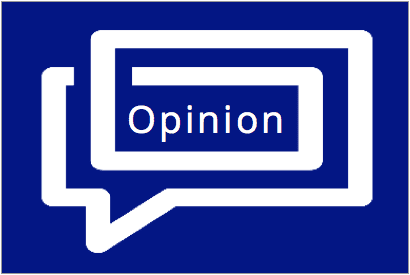The LGBT community has recently been discussing whether or not the “T” should remain a part of “LGB.” This is partly due to greater awareness of the transgender community and its unique goals.
The LGBT Community Has a Stronger Voice Through its Solidarity and Unification as an Intersectional Group
The LGBT community has more to gain by staying together than by splitting apart. For one, there’s a strong history of support between the gay rights movement and the transgender rights movement. It is no secret that Sylvia Rivera and Marsha P. Johnson were at the forefront of the Stonewall Riots that started the gay rights movement.
These individuals were also two gender nonconformists and part of the transgender rights movement. Several years earlier, the gay community had been supporting the transgender community in the same way. On the night of the Compton riots, which was one of the first transgender civil rights riots in U.S. history, members of the gay community were present at the scene, picketing alongside their transgender peers.
It’s no coincidence that the histories of these movements intertwine so strongly, and that they are still linked today. Although being gay, lesbian or bisexual is different than being transgender, the issues that these groups confront are similar.
All members of the LGBT community face challenges like coming out, harassment in public spaces and discrimination. Since there is so much intersection between the issues that the transgender community and the LGB community face, there’s a lot of support and solidarity flowing between the two communities.
This includes encouragement for individuals and supports community backing of social and political reform. As diverse minority groups, it is beneficial for both of them to join forces and combine their strength as a unified community.
According to the Williams Institute Study in 2011, 3.5 percent of the United States population identifies as lesbian, gay or bisexual, while 0.3 percent identify as transgender. When facing tough situations, it’s crucial to form a strong, compassionate community. Thus, it would be counterintuitive to cut an already-small LGBT community into two movements.
If these arguments aren’t enough, the LGBT community itself has put its voice on this side of the conversation. In response to the Change.org petition called “Drop the T,” the Human Rights Campaign, Lambda Legal and GLAAD, organizations at the forefront of the LGBT rights movement, have each written responses denouncing the petition. As these responses point out, the root of these issues is hatred and misunderstanding, which is better confronted by a united LGBT movement.
— AYAT AMIN Senior Staff Writer
“T” and “LGB” May Help to Highlight the Differences Between Sexual Orientation and Gender Identities
Grouping all LGBT people together creates a certain sense of solidarity, a unification of people all fighting for their own rights alongside others’. But in a population with varying sexual orientations and gender identities, progress can’t exactly be described on the scale of the entire LGBT community, because advances made in terms of sexual orientation and of gender can’t always be grouped together.
GLAAD and the Human Rights Campaign, according to The Advocate, unanimously rejected a petition to separate the T from LGBT — and for good reason. The petition demonstrates an attempt to erase the transgender community, to invalidate it and to discard it through transphobic assertions, such as the claim that allowing trans people to use bathrooms of the gender identity with which they identify will lead to assaults in the bathroom.
But the question of dividing the LGBT community should be discussed for the sake of highlighting the state of visibility — or lack thereof — in the LGBT community of 2016.
This past year, prominent public LGBT figures like Caitlyn Jenner, Ellen Page and Laverne Cox have given rise to transgender and gay rights awareness. Shows like “Orange is the New Black” and “Transparent” and movies like “Tangerine” further launch multidimensional LGBT characters into the public sphere, which is revolutionary given the historically weak roles for LGBT characters.
But the problem lies with who isn’t seen, which is certainly the more-than-twenty lives of trans people who were murdered in 2015, a higher number than in any other year. Just last week, Kayden Clarke, a transgender man with Asperger’s was killed by police after they came to his house following a suicide call. Even afterward, he was misgendered by media sources, showing that while there have been advancements for gay rights and for transgender rights, there is certainly a greater lack of understanding of the T in LGBT, and this is — at least in part — due to it being overshadowed by the three letters preceding it. Of course, this relates back to a stagnation in the progress of transgender rights; cases like these don’t elicit the same reaction as, say, the lesbian couple kicked out of a Hawaii gas station for showing affection. Both should elicit a sense of anger because of the overwhelming bigotry of the situation, but only one did.
Whether LGBT or LGB, there is certainly work to be done by the LGB community and beyond to truly stand in solidarity with members of the transgender community as one and not merely concern themselves with rights that pertain to sexuality.
— QUINN PIEPER Staff Writer








